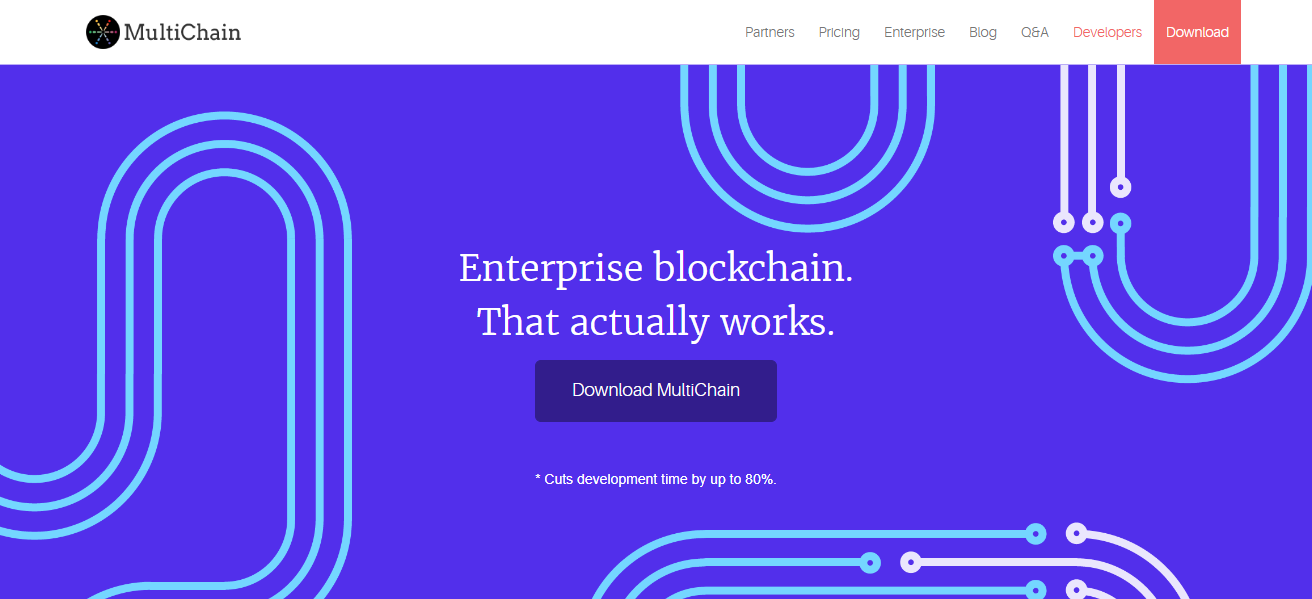In this article, I will explain how to diversify stablecoin holdings across networks. Having your stablecoins on separate blockchain platforms minimizes risk and transaction fees while providing access to various DeFi opportunities.
- All About Stablecoin
- How To Diversifying Stablecoin Holdings Across Networks
- Why diversifying across different Blockchain networks Matters
- Benefits of Diversifying Stablecoin Holdings Across Networks
- Tools and Platforms to Facilitate Cross-Network Diversification
- 1. Multi-Chain Wallets
- 2. Cross-Chain Bridges
- 3. Cross-Chain Supported Decentralized Exchanges (DEXs)
- 4. Stablecoin and DeFi Holders Analytics Tools
- Conclusion
- FAQ
Knowing how to manage and protect your assets across different networks will help you enhance your security and efficiency.
All About Stablecoin
Stablecoins fall under a cryptocurrency category which aims to keep the value of an asset “pegged” to a reserve asset like the US dollar, euro, or gold. Stablecoins are popular due to their combination of fast transactions, low fees, and price stability, making them ideal for trading, payments, and DeFi.
These cryptocurrencies can be divided into three types: fiat-collateralized (backed by traditional currencies), crypto-collateralized (backed by other cryptocurrencies), and algorithmic (maintaining stability through supply controlled code).
Stablecoins enable the use of a reliable medium of exchange and a dependable store of value, drastically reducing volatility in the digital economy.
How To Diversifying Stablecoin Holdings Across Networks

Step 1: Choose Your Stablecoins and Networks
Select stablecoins to hold (e.g., USDC, USDT) and decide the networks (Ethereum, Binance Smart Chain, Polygon).
Step 2: Set Up Compatible Wallets
Ensure you possess a multi-chain wallet such as MetaMask for each target network.
Step 3: Access Multichain Bridge
Visit Multichain’s website which supports cross-chain transfers from one blockchain to another.
Step 4: Connect Your Wallet
Link your MetaMask wallet to Multichain.
Step 5: Transfer Stablecoins Across Networks
Pick a stablecoin along with its source network where you have certain coins. Then select the network where you would want to transfer it. Type the number USDR amount and confirm. Multichain will take care of bridging it.
Step 6: Confirm Receipt and Repeat
After completion of the transfer, check LOAD your new wallet on the new network and check the balance. Repeat this in order to hold your stablecoins across different blockchains to manage better risk and unleash diverse DeFi opportunities.
Why diversifying across different Blockchain networks Matters
Reduces Network-Specific Risks: Every blockchain has its own set of risks like operational errors, attacks, or mismanagement. The impact of issues that a single network encounters is contained with diversifying your stablecoins on several networks.
Avoids High Fees and Congestion: Diversification reduces the impact of congested blockchains with high fees for transactions by allowing movement onto cheaper and less busy networks.
Access to Broader DeFi Opportunities: Every ecosystem has distinct advantages like diverse DeFi platforms, unique yield strategies, lending rates, or liquidity pools. Diversification enables access to optimal opportunities on all ecosystems.
Improves Flexibility and Liquidity: Having stablecoins on multiple chains increases the efficiency required for trading, investing, or making payments at any given time.
Mitigates Regulatory or Protocol Risks: Storing assets on different ecosystems protects them from sudden policy shifts by spreading regulatory exposure which can be triggered by sudden scrutiny or changes.
Benefits of Diversifying Stablecoin Holdings Across Networks
Risk Mitigation
The risk of hacking, outages, or protocol failures is less likely to happen when stablecoins are stored across multiple blockchains.
Reduced Costs
With stablecoins spread over multiple blockchains, you can utilize networks with lower fees for transactions and transfer, thus saving money.
DeFi Opportunities Access Enhancement
Users are able to earn diverse DeFi rewards by holding stablecoins on different chains as it allows them to participate in numerous protocols.
Greater Flexibility
More than one network bound assets provide better options to execute transactions quickly and easily move assets or select the most suitable network for the job.
Increased Trading Efficiency
Using multiple liquidity pools and exchanges lowers slippage, improves trading efficiency, and enhances the diversification of assets.
Tools and Platforms to Facilitate Cross-Network Diversification
1. Multi-Chain Wallets
Users with stablecoins can now manage them through multi-chain wallets such as MetaMask, Trust Wallet, and Phantom.
MetaMask is popular on Ethereum and compatible chains while Trust Wallet boasts mobile convenience with support for numerous blockchains. Phantom specializes in Solana.
These wallets simplify the process of sending and receiving stablecoins and make diversification easier and more secure across different networks.
2. Cross-Chain Bridges
The transfer of stablecoins between blockchain networks is possible through cross-chain bridges like multichain, wormhole and synapse protocol.
Multichain boasts secure and fast transfers across dozens of chains. Wormhole connects popular ecosystems like Ethereum and Solana, as well as Binance Smart Chain. Synapse offers liquidity pools for seamless cross-chain swaps.
These bridges integrate blockchain silos, enabling users to diversify their stablecoin portfolio and access multiple DeFi platforms.
3. Cross-Chain Supported Decentralized Exchanges (DEXs)
Dexes like Thorchain, PancakeSwap, and QuickSwap allow the exchange of stablecoins both on-chain and off-chain. Thorchain performs cross-chain swaps directly and does not require tokens to be wrapped, thus minimizing complexities and costs.
PancakeSwap and QuickSwap serve their respective ecosystems but with time, have integrated bridges for liquidity and asset access beyond their ecosystems. These services enable users to effectively transfer or trade stablecoins, aiding better diversification and yield opportunities.
4. Stablecoin and DeFi Holders Analytics Tools
Zapper.fi and Debank offer services that track stablecoin holdings and DeFi positions across multiple blockchains. They provide analytics, portfolio performance, and transaction histories, all displayed in a unified dashboard.
These platforms aid investors in managing a diversified stablecoin portfolio, assessing exposure relative to risk, and uncovering new prospects. By providing a multi-network overview, these platforms help with management complexity and enhance decision-making in executing diversification strategies.
Conclusion
In summary, spreading out stablecoin investments across different blockchain ecosystems minimizes risk, maximizes fee efficiency, and broadens diverse DeFi opportunities. Proper allocation of funds boosts overall asset flexibility, strengthens security, and improves access to liquidity.
Reputable wallets, bridges, and other supporting infrastructures facilitate a seamless and secure process. Begin slowly and manage your expenses frequently to stay safe while gaining maximum advantage.











